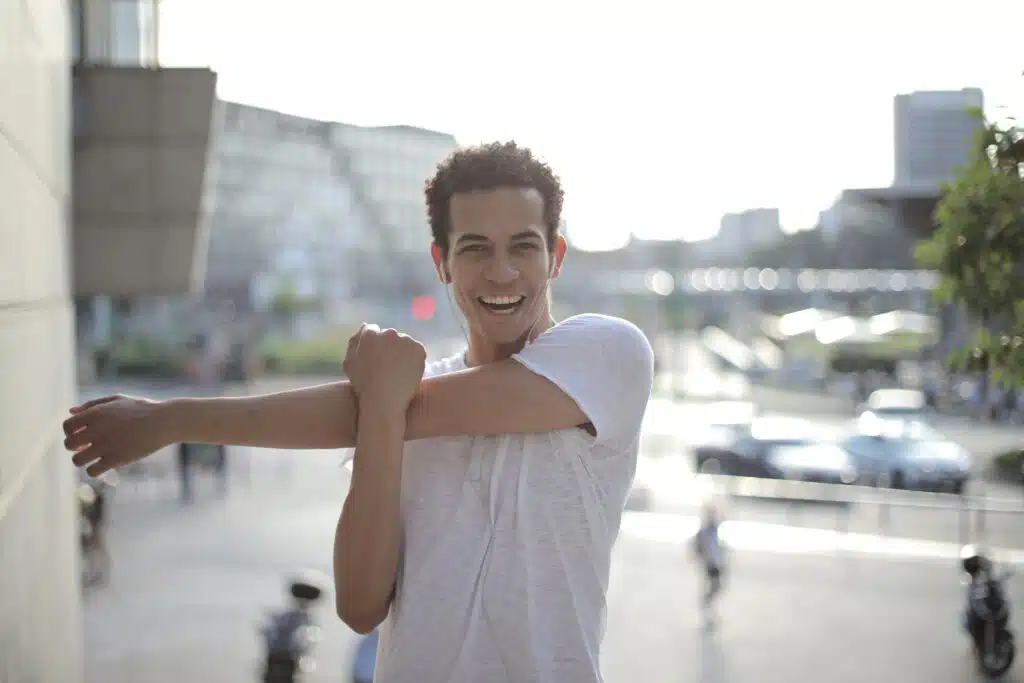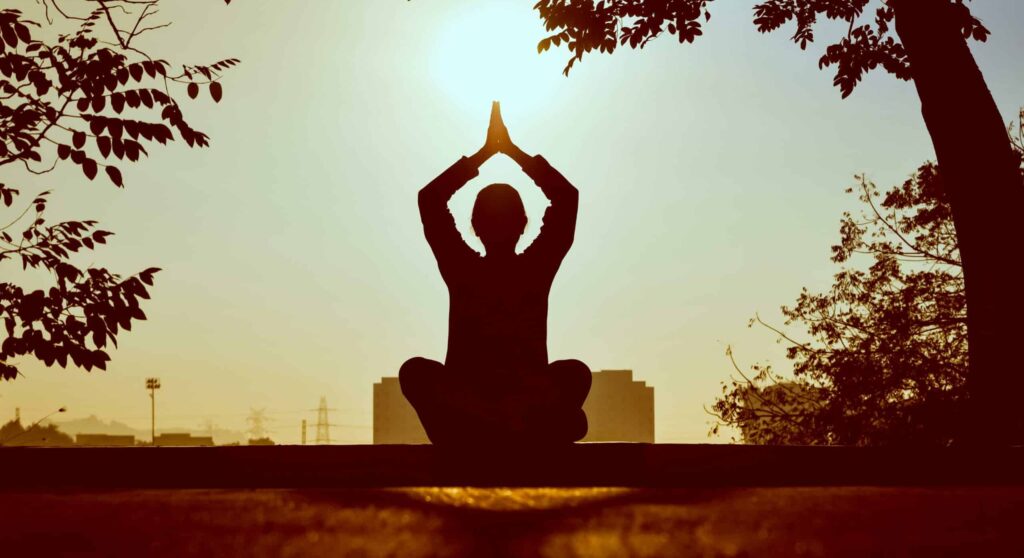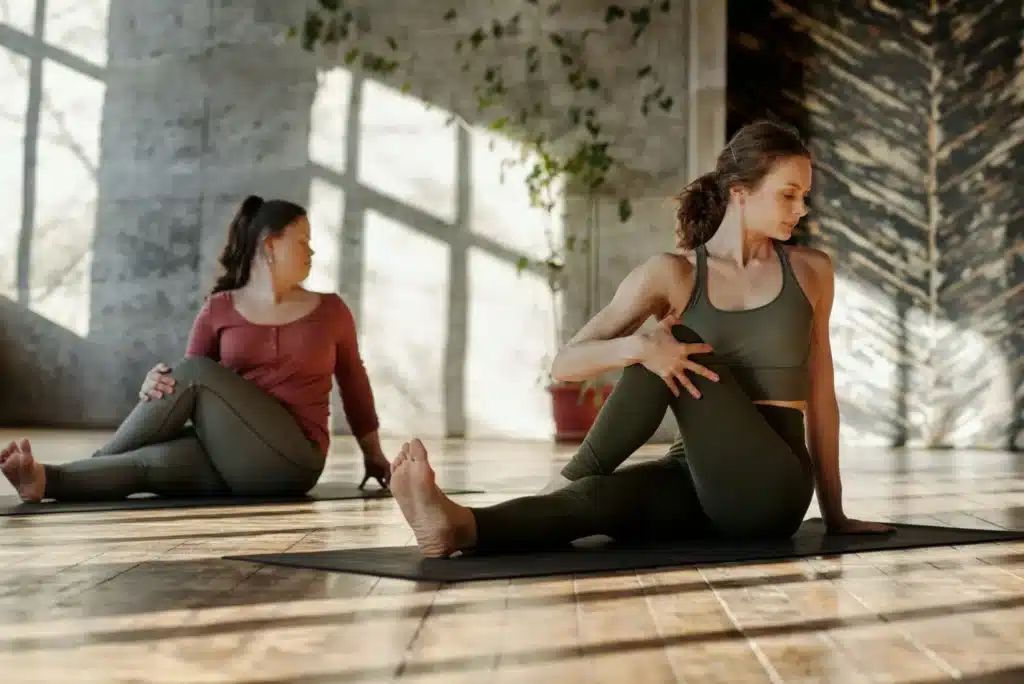Joseph Pilates brought the groundbreaking strengthening exercise to the world in the early 20th century. Since that time, more than 12 million people have come to practice Pilates. This low-impact exercise can create powerful results with a blend of breath and movement. Exercisers can build muscular endurance and strength with this exercise.
How Pilates creates noticeable results
Pilates is made for everyone. This low-impact exercise can create powerful results with a blend of breath and movement. Exercisers can build muscular endurance and strength with this exercise. In addition to injury prevention and stability, benefits include:
- Toning and strengthening muscles that help with posture
- Address alignment issues in the body that can occur from sitting at a desk
- Reduce fall risk for older adults
- Increase stability and body awareness
- Improve the mind-muscle connection that enhances movement
Improving alignments, strengthening your core, and increasing flexibility give you more than weight loss. Every part of your body can see improvements in its function. So let’s dive into the story and benefits of this unique exercise approach.
History of Pilates
Born in 1883, Joseph Pilates hails from a wellness-minded family. Pilates had a father with a gymnastics background and a mother with a naturopathic philosophy on health. His dedication to improving his health and strength was substantial.
In addition, Joseph Pilates practiced martial arts, yoga and even studied bodybuilding. As a result, many of the positions and movements in Pilates drew influence from disciplines he studied.
While interned with other German citizens during World War I, he devised daily exercise routines for the other captives. Pilates helped even those confined to beds with resistance training.
Many Pilates devices and methods in use today are modernized. However, they take their inspiration from equipment fashioned during Joseph’s WWI experience. As a result, they are more modern than bedframes and equipment outfitted with springs then. Meanwhile, they act in the same spirit of resistance training to build more muscular bodies.
Types of Pilates
Using the many methods of Pilates today can bring users the most from the exercises. One of those methods makes use of the Cadillac Pilates method. This method makes use of a specialized piece of equipment.
The Cadillac allows users to work nearly every muscle group of the body. Challenging poses through light resistance allow muscle endurance and growth. In addition, lying postures and even some other gravity-based movements are possible.
Additionally, there are movements suitable for Pilates’ Reformer equipment. The Reformer may look intimidating but can be genuinely beneficial. Reformer Pilates tends to have a more dynamic approach than a mat-based series of movements.
The core and entire upper and lower body get a workout from the Reformer. These kinds of resistance exercises are the type which may increase resting metabolic rate as much as 7%.
There is also the Classical Pilates. This method’s order is centering, concentration, control, precision, breath, and flow. This method of movement and exercise can balance, stretch, and strengthen the body.
These movements in the order taught by Joseph Pilates are available on levels for beginners, intermediate practitioners, and advanced exercisers.
Pilates just for you
The ideal Pilates practice or class for you will include prone, supine, or seated exercises. These movements can be from a mat and even progress to the equipment mentioned here.
Enthusiastic and well-trained instructors should lead your class. There are courses of education that help produce some very gifted and capable trainers in Pilates. Consider looking at reviews and testimonials or trying out a class.
Additionally, the style of the class taught should be consistent with the energy you want to cultivate. Finally, the times and locations for the classes should allow you to be consistent in training.
Find a deeper connection with your body. Pilates can help you establish a fitness level with lifelong benefits. Choosing this safe and effective method can be terrific for rehabilitation or building from your existing base.
Sources
Sports that are gentle on the joints
Joints are true marvels of the body that allow us mobility and freedom of movement. As with everything in life, the right amount of exercise is crucial: an appropriate load is important to keep joints healthy. But what happens when pain or joint discomfort occurs? In our blog post, we’ll show you forms of exercise that will help you increase your fitness without putting too much strain on your joints.
Yoga & Pilates
Yoga & Pilates – it’s hard to imagine society without these two sports. Both aim at strengthening & stretching the muscles and also include the breath in the exercises. What is the difference between the two forms of exercise and what are the benefits? You can find out more about this in this article.
Tap into the Benefits of Yoga
Yoga has spread across the globe since its emergence 5,000 years ago, and its popularity is not waning; after all, 300 million adults practice the sport worldwide. There are good reasons for this, as yoga strengthens muscles, reduces stress and thus has a positive effect on the cardiovascular system when practiced regularly. In this article, […]







